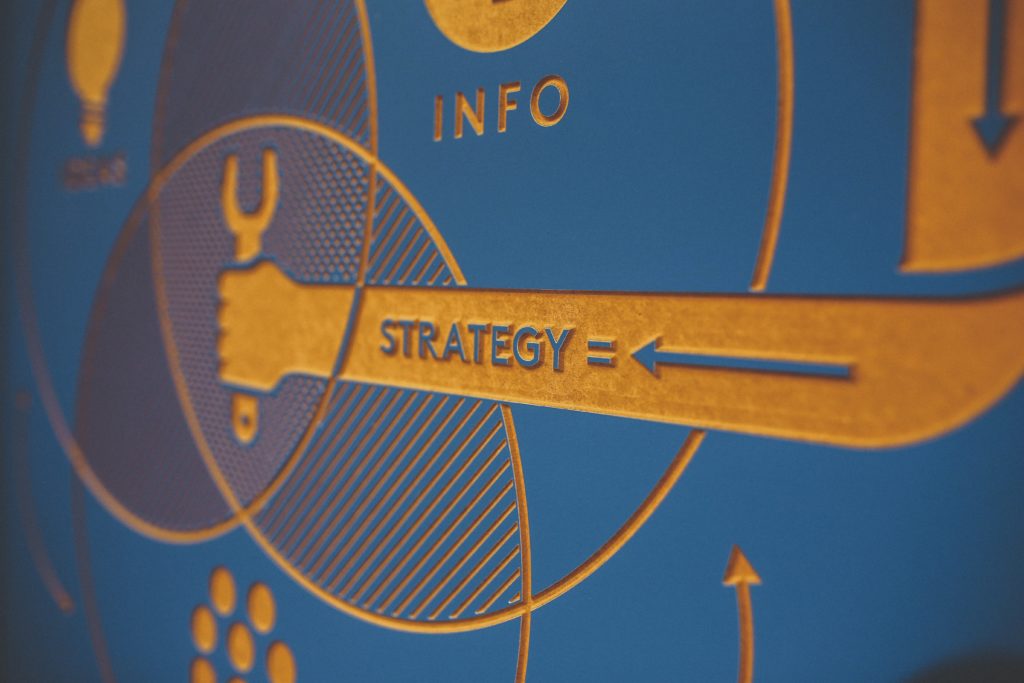The circular economy is a term that has increasingly become a buzzword in recent years, as businesses look to play their part in protecting resources and reducing waste, and consumers seek out eco-friendly products and services.
But what is the circular economy exactly, why is it beneficial, and how can companies manage the transition to the circular economy in a way that will not only make them more sustainable, but help them to drive profits and revenue?

What is the Circular Economy?
In a linear economy, production and consumption typically follow a linear model. In this model, raw materials are drawn from the cheapest source, goods are produced, then consumed, and finally disposed as waste once they reach the end of what is seen as their useful life.
In contrast, under a circular economy model, products and materials are kept in use for as long as possible.
Rather than disposing of items and materials once they’ve been used, usually by sending them to a landfill, these materials are recycled, reused, repurposed, or upcycled.
Not only does the circular economy seek to minimize waste in this way, but it also aims to eliminate pollution and other negative environmental impacts.
The circular economy is not just about recycling and reusing materials. It also involves sustainable approaches such as:
- Creating more durable products that can be kept in circulation longer
- Sustainably sourcing raw materials, such as through regenerative agriculture
- Using renewable sources of energy
- Re-imagining how we act as consumers, such as lowering consumption and taking a more minimalist approach
Benefits of the Circular Economy
The circular economy has a range of benefits for society and the environment.
Firstly, it is an important step to tackle the world’s chronic waste problem. In 2016, we generated 242 million tonnes of plastic waste globally, and waste production is expected to increase by 70% by 2050 in the absence of urgent action, according to the World Bank.
Embracing the circular economy also helps to limit our use of the world’s precious resources, thus limiting environmental issues such as deforestation, and ensuring that these resources continue to be available for generations to come. Reusing materials instead of producing new ones also slashes the amount of energy used in production. All of these factors help to limit the escalation of climate change.
Additionally, the circular economy is highly beneficial on an economic level, by driving innovation and creating new kinds of jobs. This circular approach helps to ensure the long-term viability of the economy by preserving precious resources and helping to mitigate climate change, which is predicted to cost up to $520 billion annually in the US alone.
For businesses, the circular economy helps them reduce risks, strengthen their reputation, access new markets, and increase profit margins by reducing the costs of sourcing materials. More and more companies are moving in this direction, including some of the world’s biggest brand names, such as Adidas, Burger King, and IKEA.
How Companies Can Best Manage the Transition to the Circular Economy
Although embracing the circular economy can be beneficial for businesses in a range of ways, the transition to this new approach can be challenging. After all, this involves a complete shift in how the business conducts its operations, from sourcing raw materials and developing products, to packing and shipping.
Ways that companies can support a smooth transition to the circular economy include:
- Develop a specific strategy for transitioning to the circular economy that reflects their own unique circularity challenges.
- Focus on the value of their products, and how this value is increased when they embrace a circular approach. This can be a powerful marketing tool that allows businesses to capture new markets of eco-conscious consumers.
- Consider not only how their products are sourced and produced, but also how they will be handled after use in order to promote circularity. A simple example of this is cosmetic companies that package their products in reusable glass jars, instead of single-use plastic.
- Critically assess when it’s viable and effective to recycle materials and when this doesn’t make sense, in order to focus on those that can easily be repurposed or reused.
Learn How to Embrace the Circular Economy
Now you have a basic understanding of what is the circular economy, but if you want to be able to make the best use of all of the opportunities presented in this approach, it’s important to delve deeper.
Studying key principles of the circular economy, their implementation, and best practices — such as with EDHEC Masters of Science — can equip you with the necessary skills to excel in this area, whether as a business executive or an entrepreneur.



